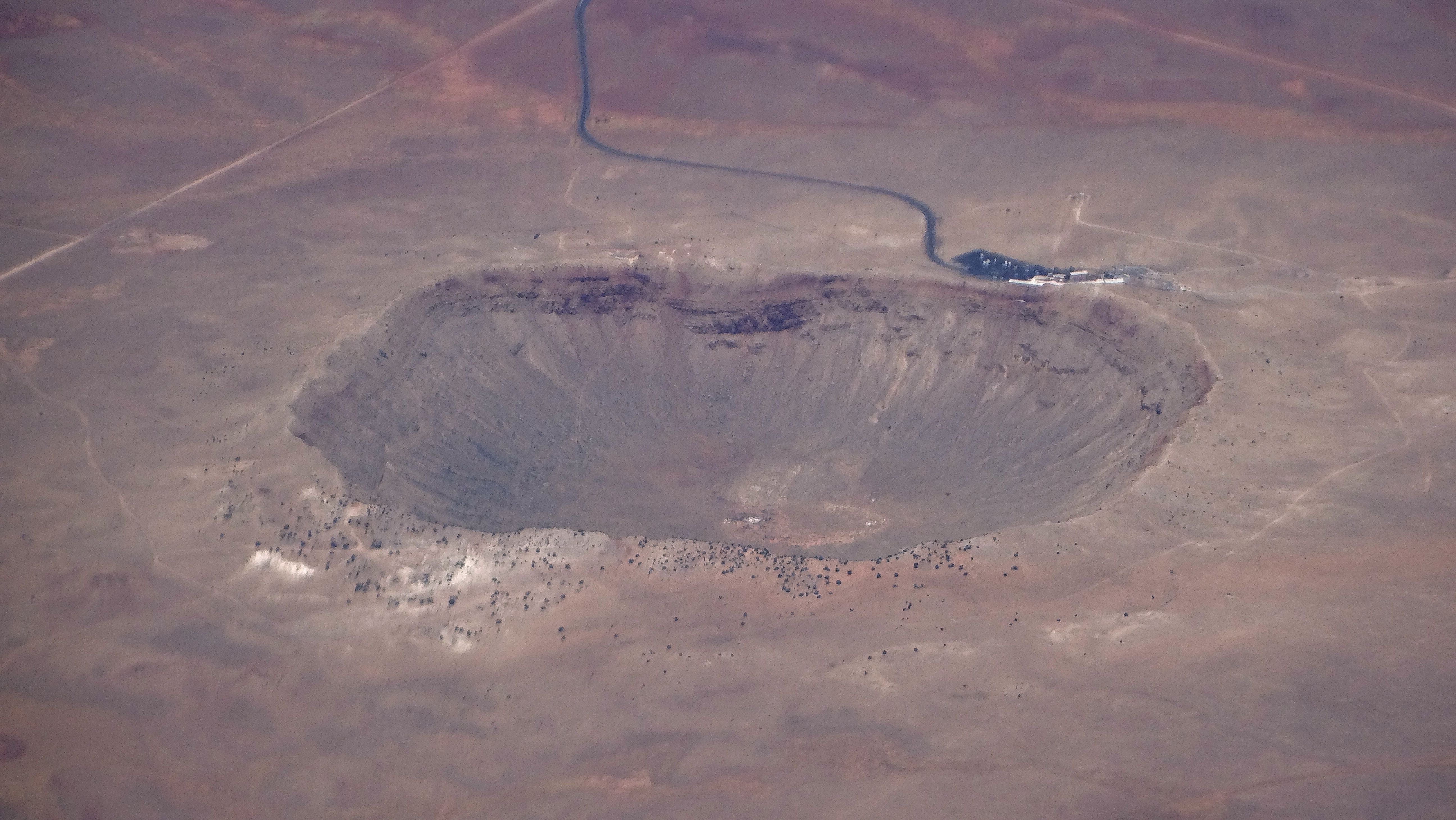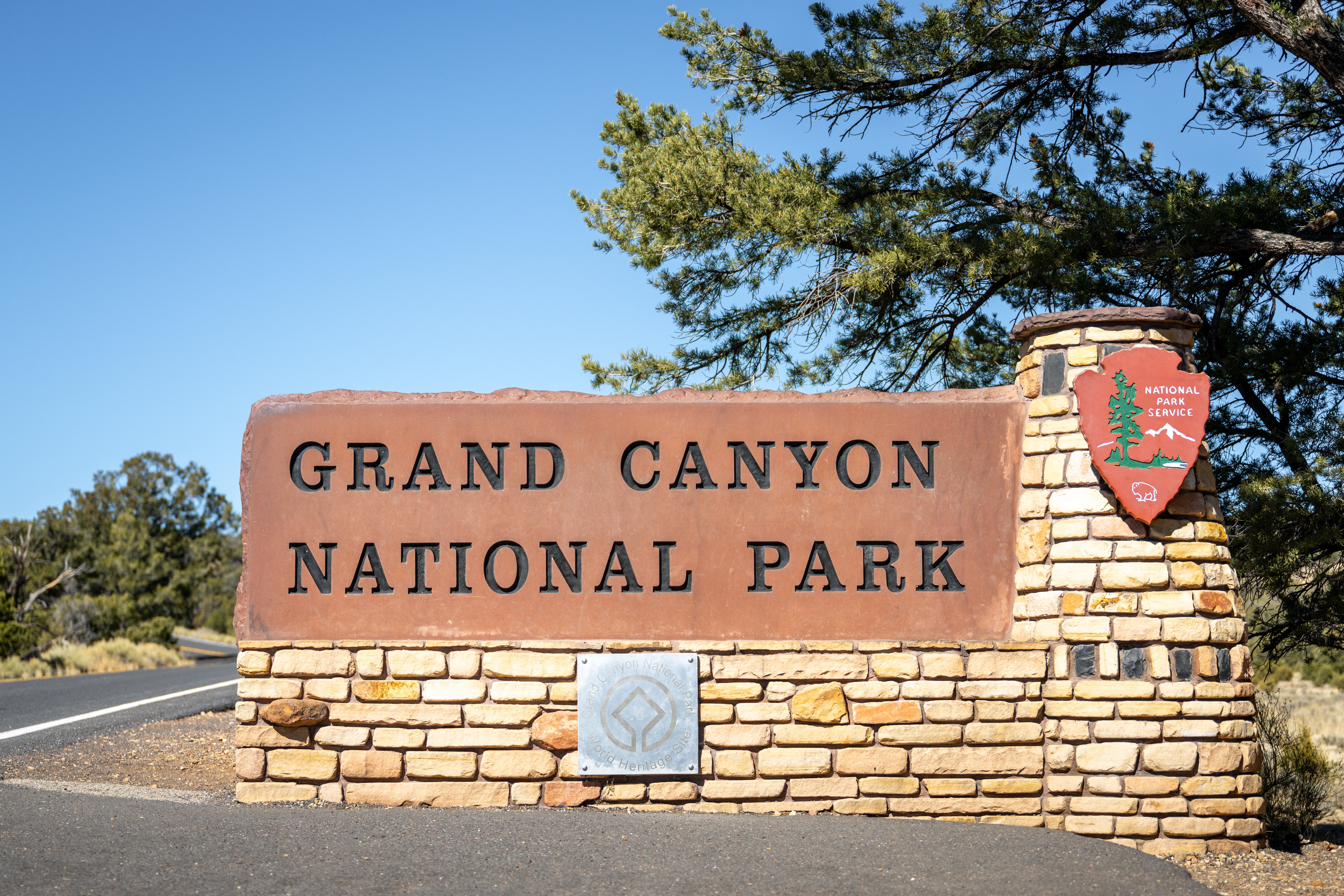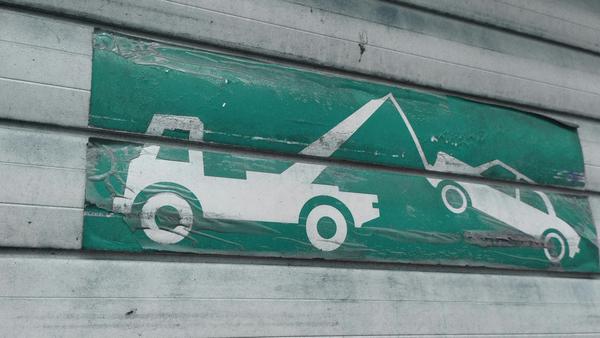A meteor may have led to the formation of the Grand Canyon, a new study has found.
While many Americans are familiar with the Grand Canyon’s beauty and uniqueness, they may not be aware of the story behind its formation.
The Colorado River may have etched the canyon one mile deep, as rocky debris transported in floods did most of the carving, according to the Grand Canyon Conservancy.
But what caused the flooding?
A study published in Geology on Tuesday tied another Arizona landmark, the Meteor Crater, to the formation of the Grand Canyon.
The study hypothesized the Meteor Crater, which was formed 56,000 years ago, triggered landslides in the Grand Canyon that blocked the Colorado River and formed a paleolake — a lake that has existed in the past— in the canyon.
Geologists have long wondered how and when driftwood found in Stanton’s Cave in the Grand Canyon got there, as the mouth of the cave is 150 feet above the river. There are also lake sediments found in the cave.
"It would have required a 10-times bigger flood level than any flood that has happened in the past several thousand years,” one of the study’s authors, University of New Mexico Distinguished Professor Emeritus Karl Karlstrom, said in a press release Tuesday.
He continued: “Or maybe they are very old deposits left as the river carved down, or maybe they floated in from a paleolake caused by a downstream lava dam or landslide dam? We needed to know the age of the cave deposits.”


The study found the driftwood to be 56,000 years old, the same geologic age as the asteroid impact and the landslide dam.
Researchers suggested because the landslide appears to have the same age as Meteor Crater, the asteroid impact blast caused the landslide.
The paleolake formed from the landslide, which dammed the Colorado River. Caves, such as Stanton’s Cave, were flooded by the paleolake.







